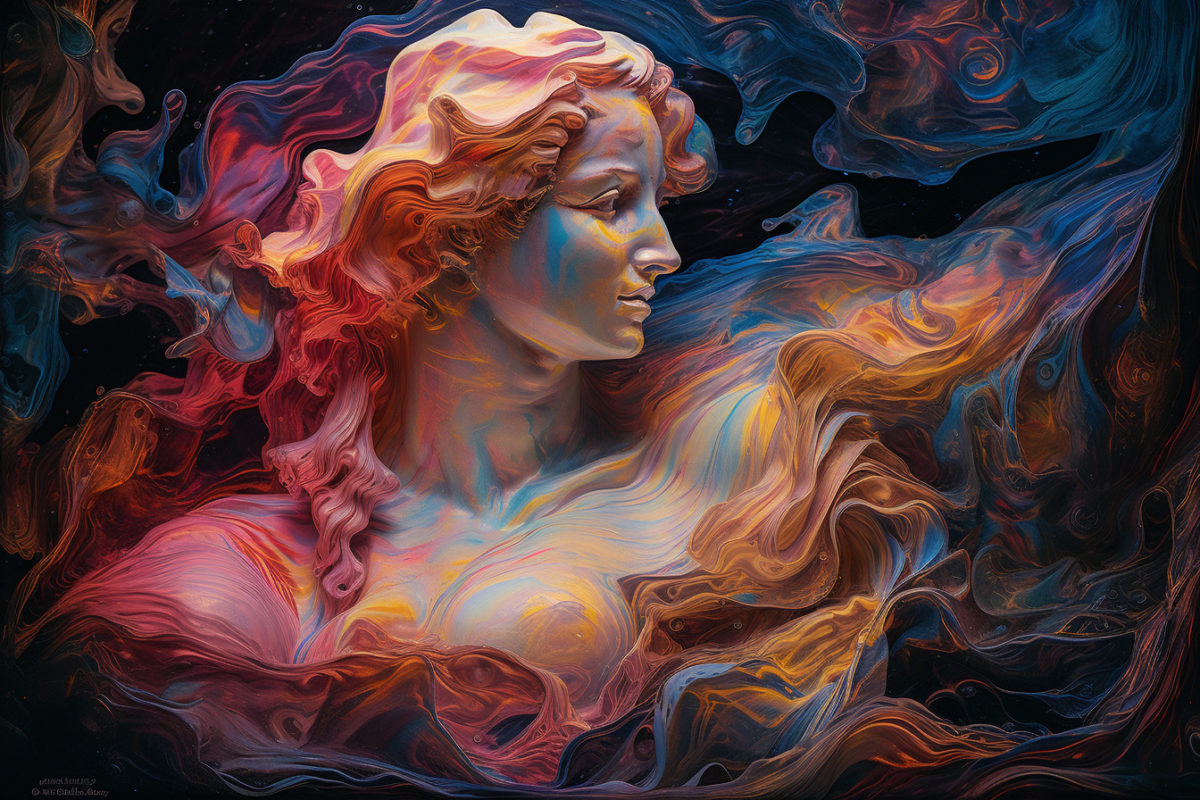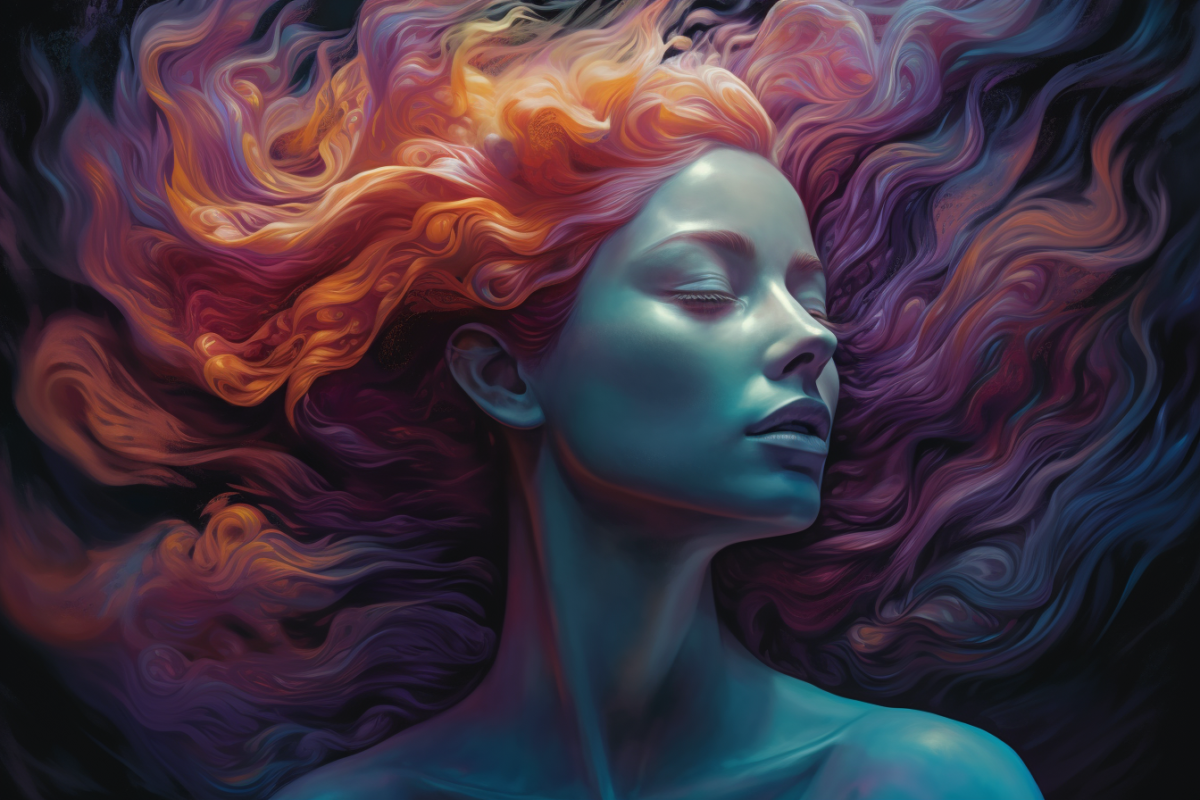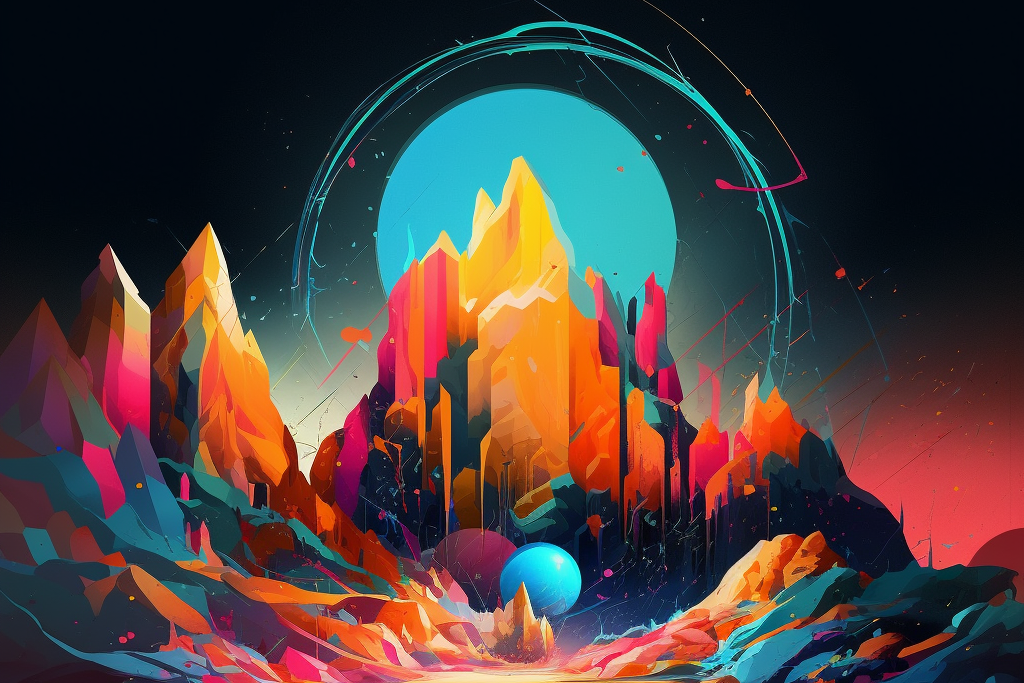Introduction
Generative art is a captivating and innovative art form that has been growing in popularity and pushing the boundaries of creativity. By combining technology, algorithms, and human intuition, generative art has become a dynamic way to express ideas and evoke emotions. In this article, we will explore the origins of generative art, its evolution, and its potential to change the world today and in the future.
Table of Contents
What is Generative Art?
Generative art refers to the creation of visual, auditory, or interactive art pieces using algorithms and computational processes. It is a unique blend of human creativity and technological precision, where artists design the rules and systems that guide the creation of the artwork. The artwork itself is produced by executing these rules or algorithms, often resulting in unique and unpredictable outcomes.
The Beginnings of Generative Art
The roots of generative art can be traced back to the 1960s, when artists and mathematicians began experimenting with computer-generated graphics. Pioneers like Georg Nees, Frieder Nake, and Michael Noll were among the first to create computer-generated images and patterns using algorithms and mathematical functions. They set the stage for a new era of artistic exploration that combined technology, creativity, and mathematics.

The Evolution of Generative Art
Over the years, this art form has evolved significantly, fueled by advancements in technology and the growing interest in the intersection of art, science, and technology. Artists began exploring the use of programming languages like Processing and openFrameworks, which allowed them to create complex, interactive, and dynamic art pieces.
As the Internet became more prevalent, generative artists started sharing their work and techniques online, leading to the growth of an international community dedicated to exploring the potential of this art form. This global community has driven innovation and experimentation, resulting in an increasing number of artists and designers adopting generative techniques in their work.
Generative Art Today
Today, artwork generated by algorithms has expanded into a wide range of applications, from digital installations and virtual reality experiences to data visualization and architectural design. Artists and designers are harnessing the power of artificial intelligence, machine learning, and advanced algorithms to create art that is not only visually captivating but also thought-provoking and emotionally engaging.
Examples of contemporary generative artists include Casey Reas, Jared Tarbell, and Rafael Lozano-Hemmer, whose works showcase the incredible diversity and potential of this art form.
The Future of Generative Art
As technology continues to advance, the potential for computer generated art will only grow. With the integration of artificial intelligence, virtual reality, and other cutting-edge technologies, artists will have even more tools at their disposal to create unprecedented experiences and challenge our understanding of art.
Generative art will also play an essential role in shaping the future of design, architecture, and urban planning, as artists and designers increasingly adopt computational methods to create sustainable and innovative solutions.

Conclusion
Generative art is a fascinating and transformative art form that has its roots in the early days of computer-generated graphics. Over the years, it has evolved into a dynamic and diverse field, driven by a global community of artists, designers, and technologists. As we look to the future, generative art will continue to change the world by pushing the boundaries of creativity, inspiring new ideas, and shaping the way we live, work, and interact with our environment.
Learn more: Elevate Your Marketing Campaigns with Advanced Generative Art
Discover a new world of creativity. Follow @ArtGeneration.Ai on Instagram.
